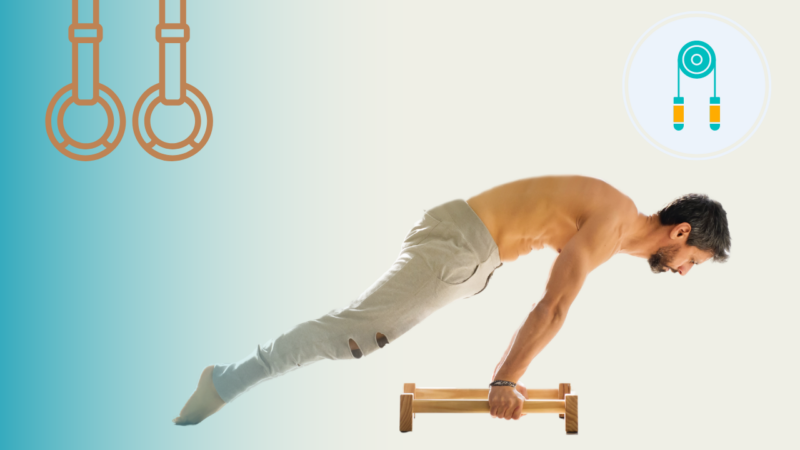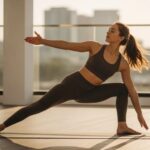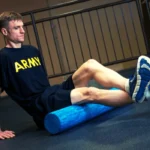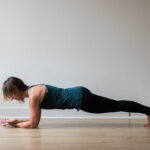Yoga is an ancient practice with roots stretching back thousands of years, focuses on flexibility, balance, and mindfulness. Through a variety of poses known as asanas, practitioners develop a deeper connection between mind and body, fostering relaxation and stress reduction.
Calisthenics, on the other hand, revolves around using body weight for resistance. Exercises such as push-ups, pull-ups, and squats are staples of this discipline, aimed at building strength and endurance. Unlike traditional weight training, calisthenics promotes agility and functional fitness, making it a versatile and accessible form of exercise.
Synergistic Benefits
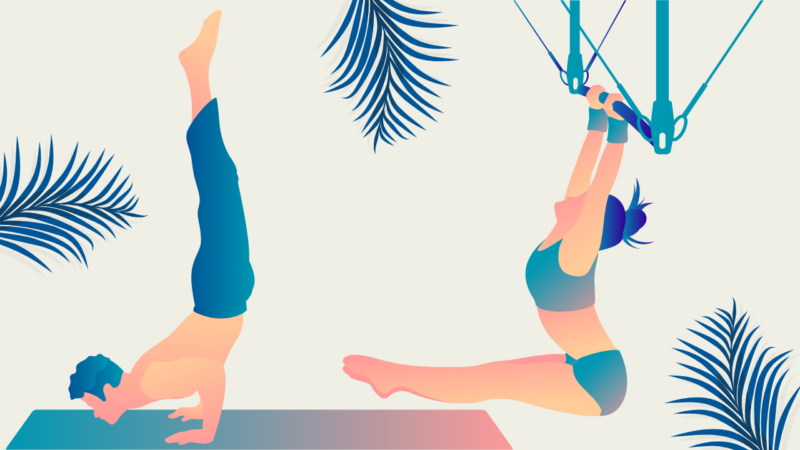
The combination of yoga and calisthenics offers a full-body workout that addresses multiple fitness components. This section delves into the advantages of blending these practices, supported by insights from fitness experts and research studies.
Enhanced Flexibility and Strength
Yoga’s emphasis on stretching and holding poses complements the strength-building focus of calisthenics. According to a study published in the Journal of Sports Science and Medicine, integrating yoga into a calisthenics routine significantly improves flexibility while maintaining muscle strength. This balance is crucial for athletes who require both power and agility in their sports.
Improved Proprioception and Balance
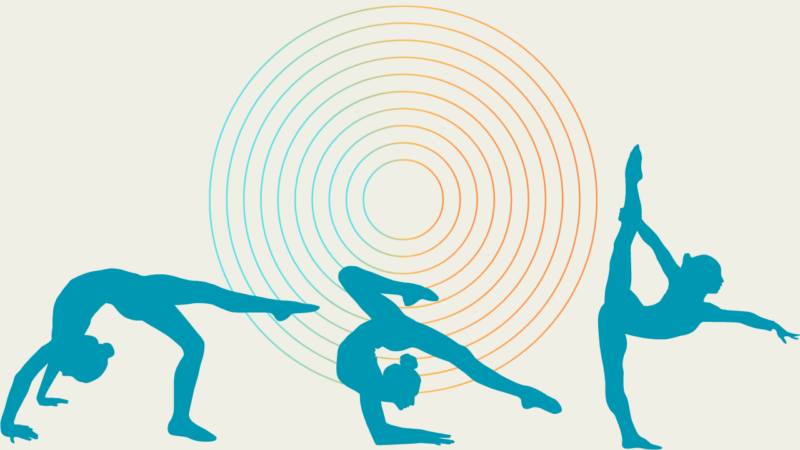
Proprioception, the body’s ability to perceive its position in space, is critical for executing complex movements safely and effectively. Yoga enhances proprioception by teaching practitioners to fine-tune their movements and awareness of their body’s alignment.
When combined with the dynamic movements of calisthenics, athletes experience improvements in balance and motor coordination, as evidenced by research from the American Council on Exercise.
Stress Reduction and Mental Clarity
The meditative aspects of yoga contribute to mental and emotional balance, which is beneficial for athletes facing the psychological demands of training and competition. Engaging in yoga practices such as pranayama (breath control) and meditation can reduce stress levels and enhance overall mental clarity, providing a mental edge that complements the physical strength gained from calisthenics.
For those looking to integrate yoga and calisthenics into their fitness routine, practical application is key. This section provides a guide to incorporating these exercises effectively.
Creating a Balanced Routine
A balanced routine should cater to both the strength aspects of calisthenics and the flexibility and mindfulness aspects of yoga. A typical session might begin with a dynamic yoga warm-up, transition into a calisthenics circuit, and conclude with yoga poses focusing on deep stretching and relaxation.
Exercise Pairings
Pair specific yoga poses with calisthenics movements to maximize benefits. For example, following a set of push-ups with the Cobra pose can help stretch the chest and shoulders, aiding in recovery and muscle growth. Similarly, complementing squat sessions with yoga poses like the Warrior series can enhance leg strength and stability.
To illustrate the effectiveness of this hybrid training approach, this section highlights case studies and insights from fitness experts.
Case Study: Elite Athletes
Several elite athletes have adopted yoga-calisthenics routines to enhance their performance. For instance, a professional basketball player used this hybrid approach during the off-season to improve endurance and flexibility, which contributed to fewer injuries and improved on-court performance.
Expert Opinions
Fitness coaches specializing in hybrid training advocate for the balanced development of the body and mind. They emphasize that the mental resilience developed through yoga can help athletes push through challenging calisthenics workouts, leading to greater overall fitness gains.
While the benefits of combining yoga and calisthenics are clear, there are challenges to consider:
Injury Risk
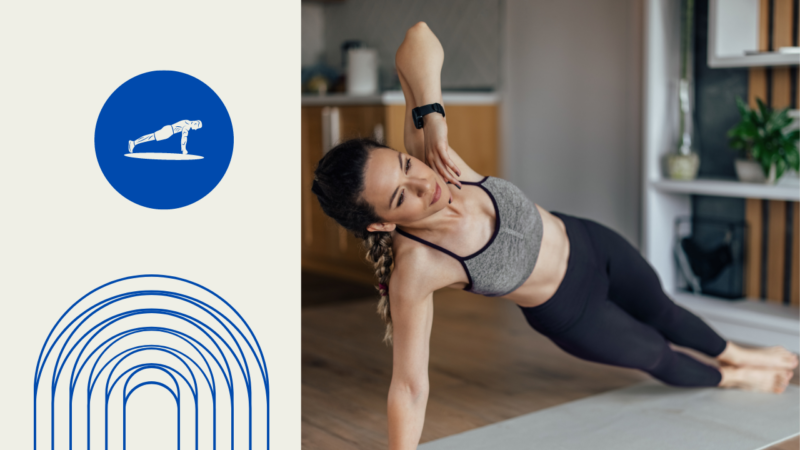
Improper technique and overtraining can lead to injuries. It is crucial to learn correct form and listen to the body’s signals to avoid overexertion.
Time Management
Balancing two diverse disciplines requires time and dedication. It is essential for individuals to manage their schedules effectively to accommodate both yoga and calisthenics without compromising recovery time.
Conclusion
Yoga and calisthenics, when combined, offer a holistic approach to fitness that enhances physical and mental health. This hybrid training model not only increases strength, flexibility, and balance but also fosters a greater sense of mental clarity and resilience.
As more athletes and fitness enthusiasts recognize the benefits of such integrated training regimens, the popularity of combining these disciplines is likely to grow. This will lead to a new era in fitness that values both the power of the body and the resilience of the mind.

